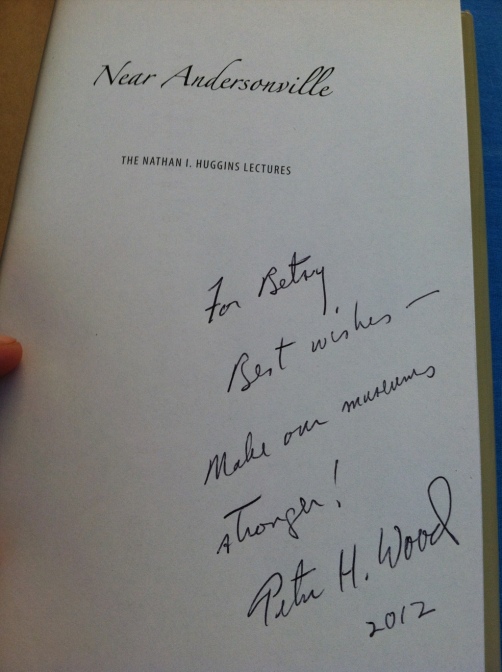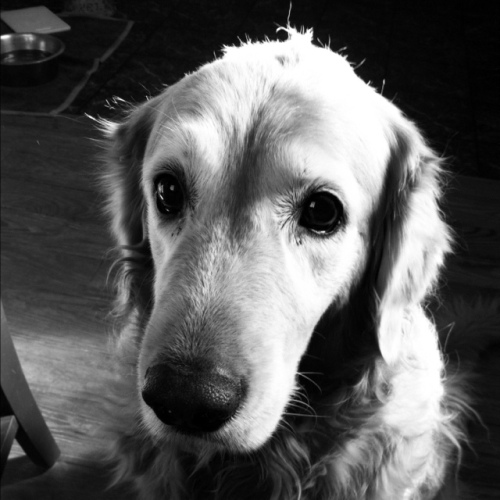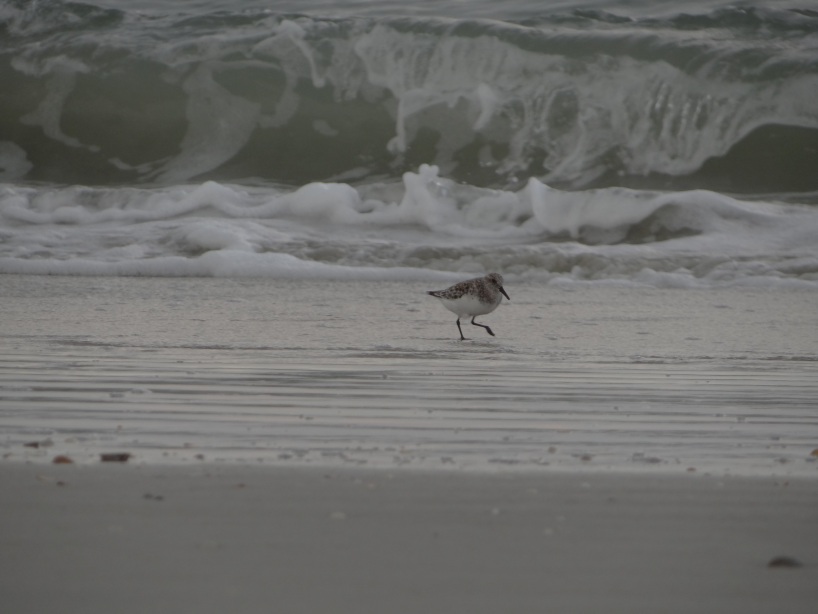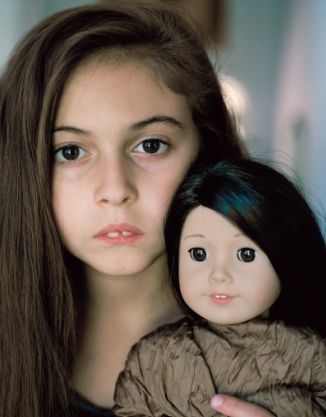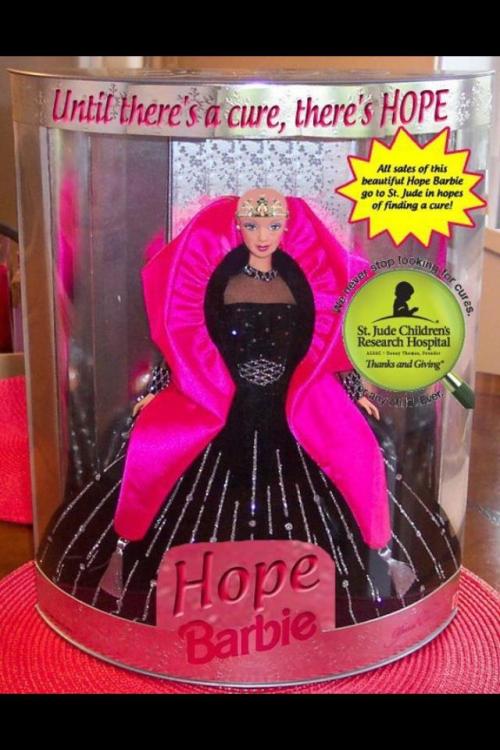I have been thinking a lot about loss lately: what it means to lose, how it feels, what it causes and why. Being the factually-minded scholarly type in my quest to understand loss I turned to my trusty OED, which told me:
loss n 1 the fact or action of losing something or someone. 2 a person, thing, or amount lost. 3 the feeling of sadness after losing a valued person or thing. 4 a person or thing that is badly missed when lost.
We all lose things: keys, remotes, cell phones. This is an everyday, mundane occurrence. Ah, but it’s that third definition that really makes us human. The feeling of sadness after losing a valued person or thing. The key word there is “valued.” This understanding of the word, like the first, is something that every person will feel at some time in his or her life, but unlike the first understanding of the world this will usher in unprecedented change and the greatest agony he or she will have known to that date. To feel human is to feel completely lost and powerless in the face of change and time. Funny how language works; the same word can take on two completely different meanings. It creates the differentiation between dropping a contact lens on the pavement and having your heart shattered.
That agony I mentioned a sentence ago comes in the form of grief. Grief is the stuff that emits from the deep pit that is left when your loss (see definition 4) is ripped from you. That hole or wound, if you will, seems to appear at the center of the place where your soul meets your corporeal presence. You ache uncontrollably with such a fierce intensity, with a longing so desperate, you feel as if you will never be whole again. That wound suddenly becomes a black hole, engulfing all other meaning in your life, incapable of being filled, and it leaves you only with the irrepressible longing. This is grief.
Medically, I suppose, grief is the psychological and, yes, physical reaction we have to loss. Elisabeth Kübler-Ross famously introduced the Five Stages of Grief in her book On Death and Dying. The five stages are denial, anger, bargaining, depression, and acceptance. They come in no distinct order nor are they experienced the same way for everyone. No one goes through the grieving process at the same rate either. I think it also gets typically associated with the death of a loved one, but it comes into play where any loss (definition 2) is experienced from losing a job or moving somewhere new to ending a relationship. The real rub about grief is that no one has the ability to ignore it. No amount of distraction or avoidance will make it leave more quickly. Grief is something one has to face. I think as humans we all have a natural inclination toward self preservation which includes an immediate desire to flee from pain and avoid ever after that which we know will cause pain. Grief is all about forcing you to embrace the pain whether little by little or head on all at once. There’s no running from it. It is there to be worked through, waiting until we are ready, but it will never go away on its own.
I think it is interesting that grief elicits a physiological response from our bodies. I found a list on the BBC website (of all places) of physical symptoms that can be brought on by grief. The list included the expected symptoms such as extreme fatigue and uncontrollable crying, but it also included heart palpitations, recurrent infections, hair loss, and disruption of the menstrual cycle, among others. Grief actually directly effects our nervous systems. When we experience an intense loss our nervous systems go into hyper drive creating a tremendous stress response. It releases enormous levels of natural steroids and throws the body into a heightened level of awareness. Essentially the body experiences what happens in the fight or flight response. Our hearts then have to react to keep up, increasing our pulse and blood pressure. As they said in the BBC article, “Even if the person seems slow and down, inside they’re in turmoil.” Our physical appearances change too. The eyes and cheeks seem to recede and sink in the face due to a number of other physical reactions such as sleep loss or lack of appetite that can occur, as mentioned our hair can thin, or our posture changes. When we see people affected by grief, they always seem like ghosts of themselves worn away by anguish. The effect can be quite striking.
What is further interesting is that many studies have now shown, and I personally agree with them, that other animals apart from humans experience grief as well. There are numerous accounts of species such as elephants or certain primates exhibiting grief-like behavior over the bodies of their dead offspring holding vigil or carrying the body as if it were alive. Some primate offspring who lose parents also grieve. Jane Goodall famously observed the case of Flint, a chimpanzee, who lost his mother. He then withdrew from the other chimps, stopped eating, and died. Certain avian species like the grey lag goose have been known to exhibit signs of grief as well. Grey lags have actually been observed displaying outward symptoms similar to humans after the loss of a mating partner including the appearance of receding eyes and the drooping of the head and neck. It fascinates me to think that grief is potentially yet another way all fauna can be connected as living, breathing life forms. I find some comfort in that.
I am not a doctor nor am I a psychologist or any sort of professional, and all my thoughts on loss and grief are purely amateur conjecture, but thinking has always brought me comfort. Contemplation has always helped. I think in the cases where we lose people whether through death or separation in life, we are never really able to stop loving them. When love occurs between two people, in whatever capacity, it never leaves. I think it is a form of energy, and being as such it can neither be created nor destroyed, it can just exist. This is at once both beautiful and incredibly depressing. Eventually we are able to move through the grief and pack away our memories of the person to be stored in our own mental attics, but, in those boxes, also gets packed our remaining love for that person. We can somewhat push away the memories of the intensity of that love in our everyday consciousness, but when we accidentally stumble on those boxes while shuffling around in our own minds, we remember that it is still there, flickering faintly always. We can let go of everything else, but that.
When I grieve, I turn to words. I read those of other writers and try to collect my own on the page. Words help me work through things, understand, and cope. Writers have been writing about love and loss since words were invented. It helps when I can find those particular configurations, which seem to speak directly to me.
Neil Gaiman, as I have mentioned before here, is a favorite author of mine and one that just seems to be on a similar wavelength. He wrote this in The Sandman and it pretty well captures it, all of it whether you lose someone through death or the ending of things. On that note, I will leave you all for now in the much more capable hands of a wordsmith vastly more adept than myself.
This is what he wrote about love:
“Have you ever been in love? Horrible isn’t it? It makes you so vulnerable. It opens your chest and it opens up your heart and it means that someone can get inside you and mess you up. You build up all these defenses, you build up a whole suit of armor, so that nothing can hurt you, then one stupid person, no different from any other stupid person, wanders into your stupid life…. You give them a piece of you. They didn’t ask for it. They did something dumb one day, like kiss you or smile at you, and then your life isn’t your own anymore. Love takes hostages. It gets inside you. It eats you out and leaves you crying in the darkness, so simple a phrase like ‘maybe we should be just friends’ turns into a glass splinter working its way into your heart. It hurts. Not just in the imagination. Not just in the mind. It’s a soul-hurt, a real gets-inside-you-and-rips-you-apart pain. I hate love.”

